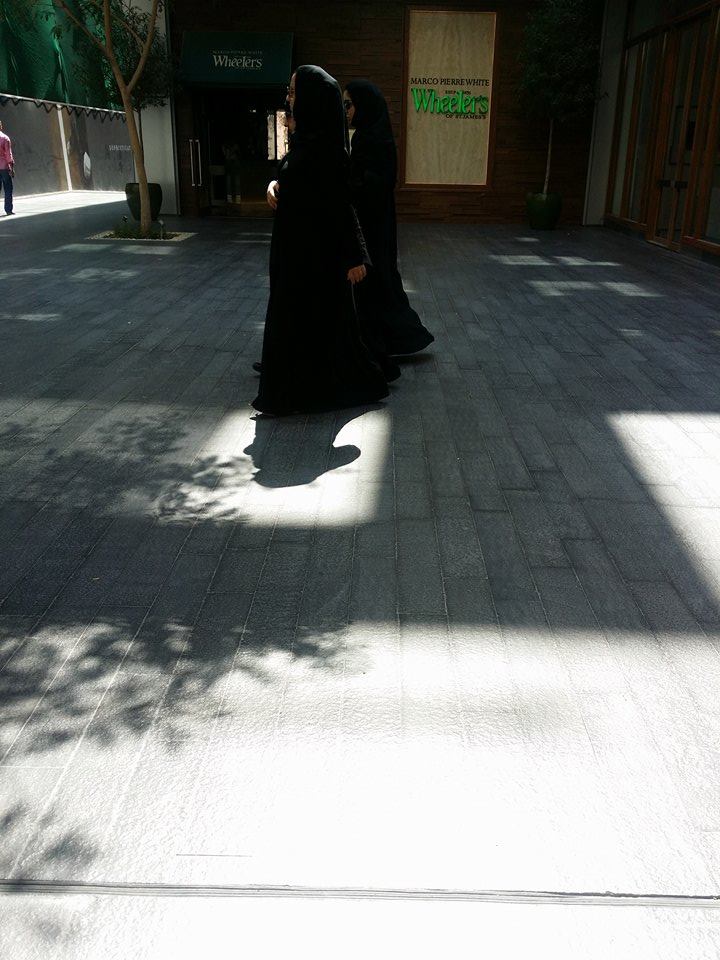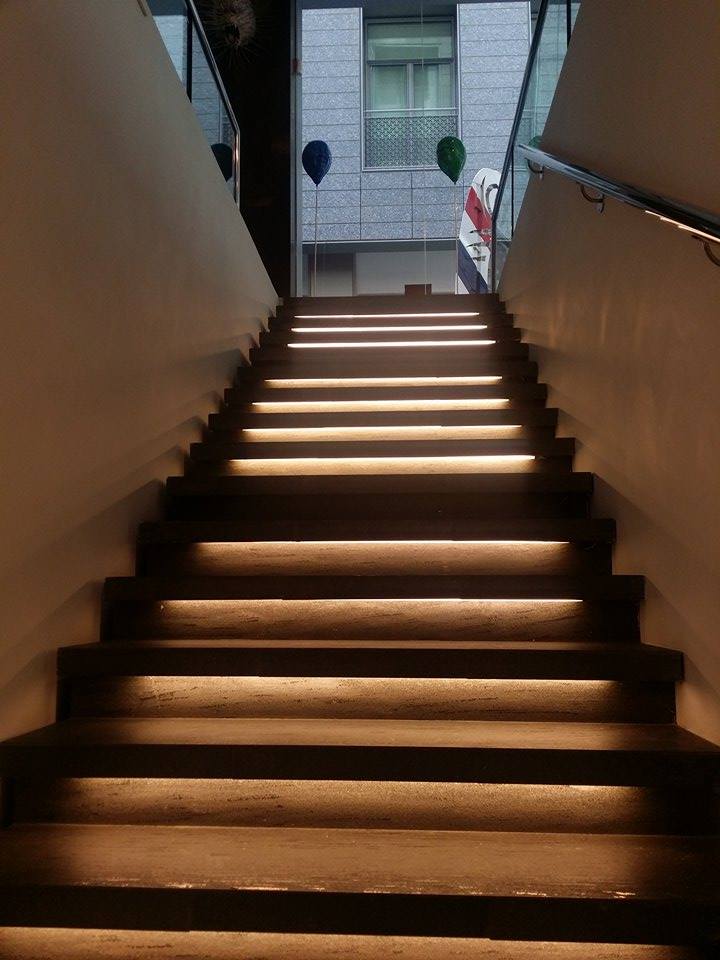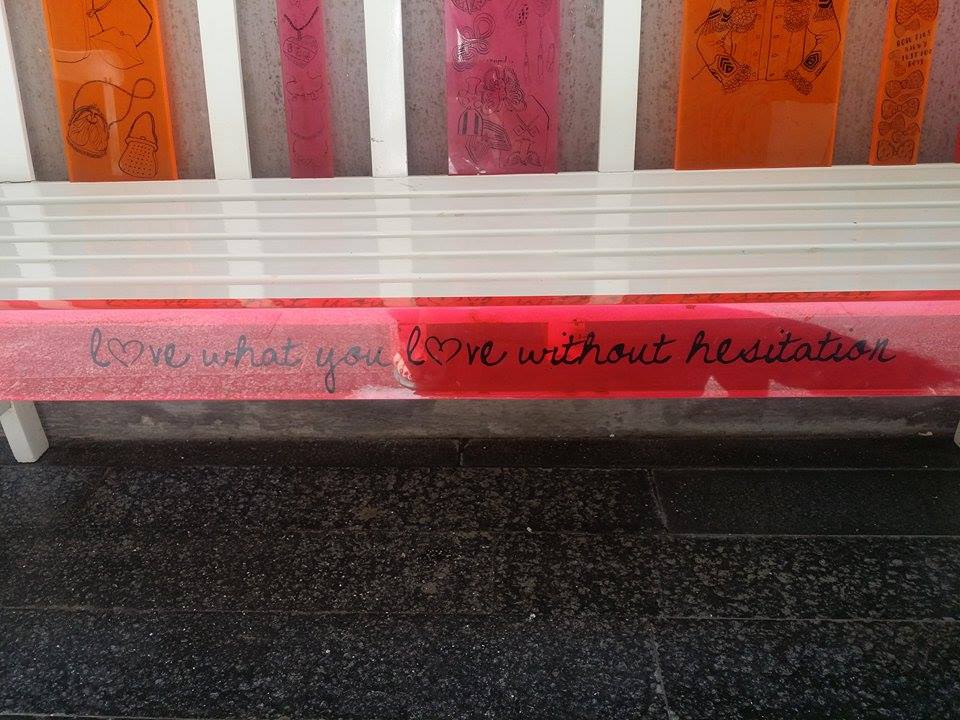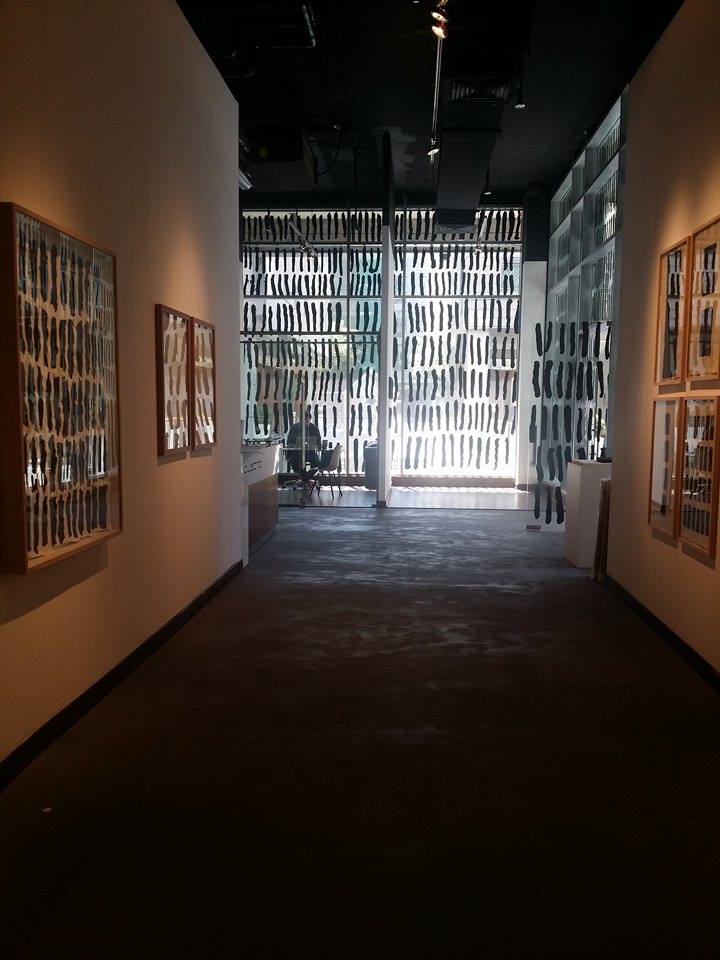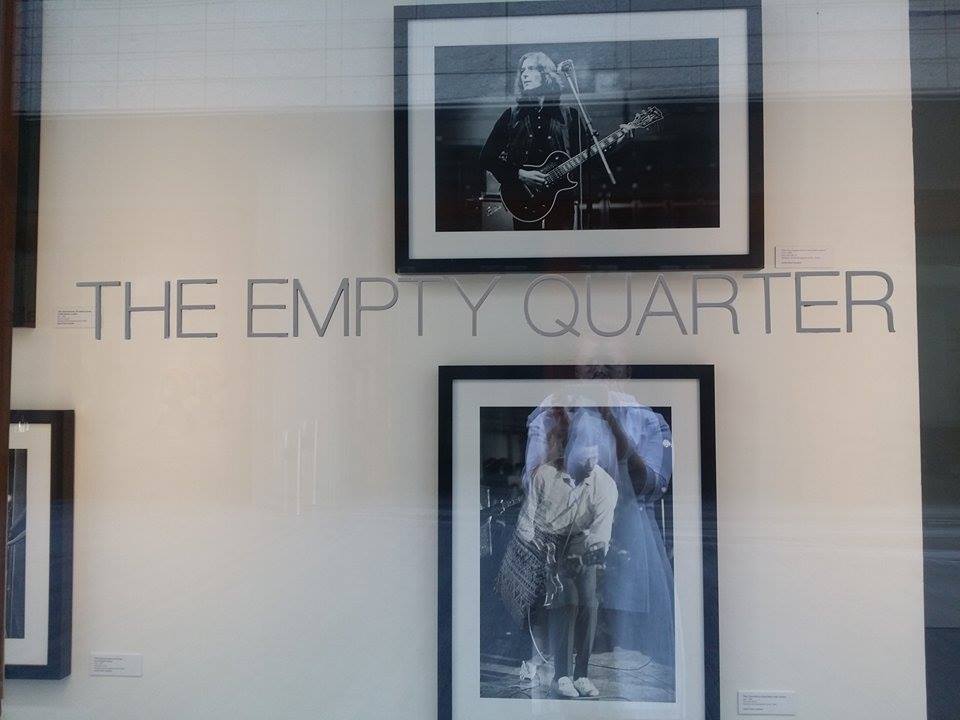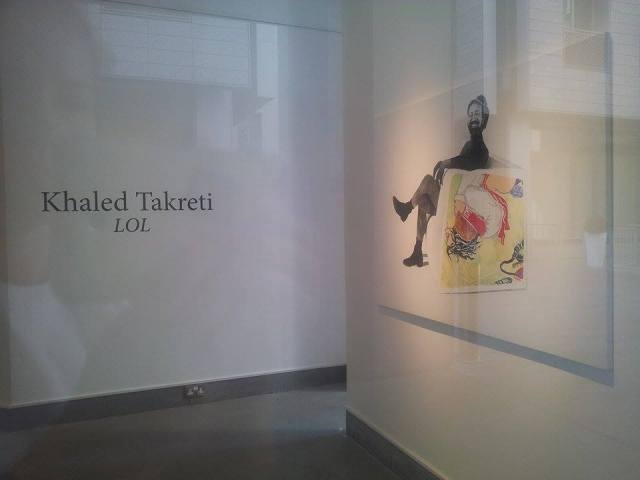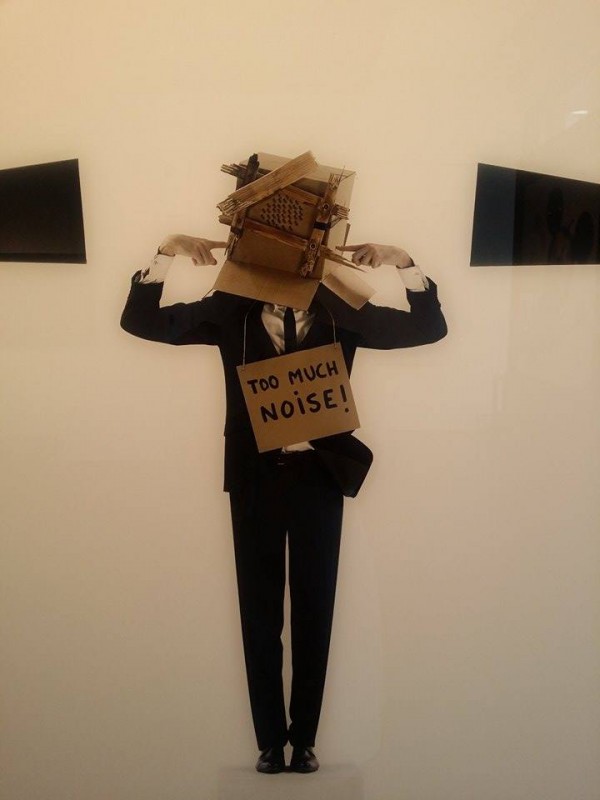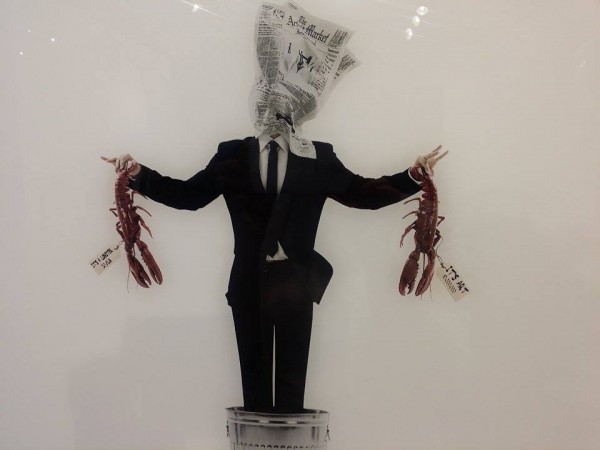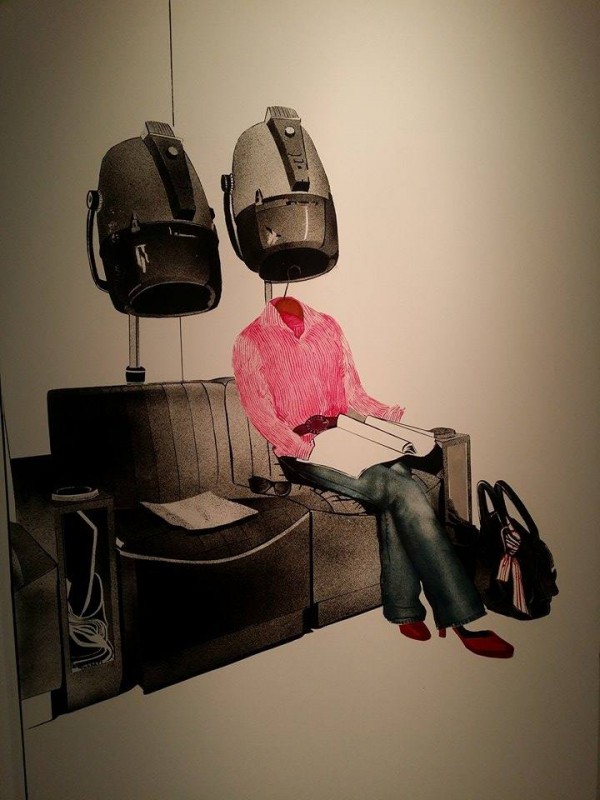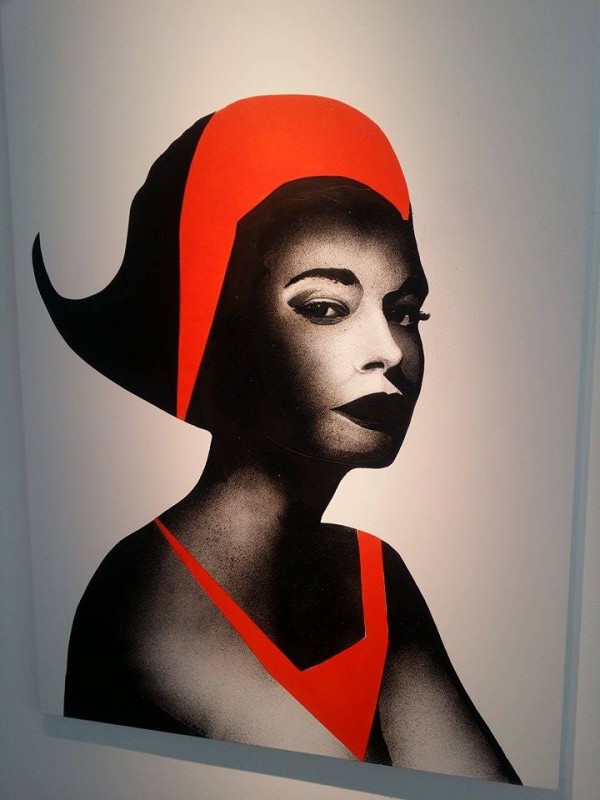A letter from Dubai
My dear friends,
I don’t know about you, but as a veteran traveller I have a very particular way of defining the degree of sophistication of a civilized society. And this is by two apparently unrelated criteria: one is the quality of the public toilets; the other is the uplifting experience of the art galleries.
Well, Dubai has them both.
My ears have heard it all and my head is full of depreciative comments on how Dubai is so fake, so unnatural and so deprived of a glorious past, as if the past alone could justify the present fuss or promise an interesting future.
The thing is, I have a certain disrespect for the “general opinion” and I like to decode reality using my own personal grid.
Dubai has been my spring destination for some years now, due to the Lynx, the event with a focus on Middle Eastern Creativity. Since 2007, I have been A witness to Dubai’s evolution annually – from a place with a landscape “under construction”, its skyline an intricate pattern of cranes of all sorts and the “corso” a never ending succession of shops dedicated to car aficionados – to a spectacular contemporary metropolis, where the tube is as shiny and clean as a four star hotel’s lobby and where the skyscrapers are singing “hello future”, in different, yet harmonizing tones.
I became addicted to creativity festivals way back, not only for the sake of the industry, but also for the glimpse they offer into the way societies choose to evolve, to react and to perform. The cities where creativity festivals take place are no exception – they are a symbol of a certain culture and a statement for a certain way of life.
So what’s the region’s status, from Dubai’s perspective?
A day in the Financial District
In Dubai taxis are inexpensive, pretty much the same fares as in Bucharest. But for the sake of adventure, I took the tube to the financial district. One of my Romanian friends, who had relocated here quite some time ago and is happily working for Saatchi, directed me towards the Gate Village, because I wanted a taste of the contemporary art space.
To get to the platform where many of the Dubai art galleries are located, one needs to first explore the Ritz Carlton’s intricate hallways and lobbies, suspended gardens and terraces.
It is a quite an experience and it helps one get in the mood for the delight of the retina. I couldn’t help but appreciate it.
When at the Gate Village, surprise! It’s around 11 o’clock, on a Friday, and most of the galleries are still closed. For the locals, this is the weekend and I need to adapt. The huge open spaces allow for some “window shopping”, so I can have a “before” taste.
Enchantment and surprise
This is what I found:
The Ayyam gallery hosted Khaled Takreti, a Syrian contemporary artist born in Beirut, educated in Damascus and then the States, and currently living in Paris (http://www.ayyamgallery.com/exhibitions/khaled-takreti_3).
His work at the LOL exhibition is a delightful proof of the generosity of great cultural mixtures and their consequences. What happens when you bring together diverse roots, talent, intelligence and an acute sense of irony? In this case, the work of Takreti – who was quoted among the most 101 relevant artists living in France, by Art Absolument, and for a good reason – his exhibition creates a new set of expectations for contemporary pop-art.
There was a constant thought running through my mind while closely exploring the work inside the gallery, throughout the afternoon: Warhol would have been either jealous or proud.
The Dubai art galleries had other unexpected experiences in store for me. Such as seeing a Chagall, a Picasso and a Renoir in a dark-velvet room, on one of the levels of The Opera Gallery, and on a different one some works signed by Damien Hirst and Gerard Rancinan (http://www.operagallery.com/ang/middle-east/dubai-difc.html). By the way, along the same lines as Kaled Takreti, only in a different gallery, Gerard Rancianan is another French artist that has a point or two to make about consumerism, snobbery and certain Western values.
One would imagine that only tourists with a taste for the unexpected could be found wondering from one gallery to another. In reality, the visitors’ landscape was as diverse as the art itself, from the cleaning people who were practicing a bit of window shopping, just as I did during my late morning at The Gate, to the sophisticated German couple, the French ladies or the Emirati influential men, in their immaculate white kanduras.
The diversity of the experience was the highlight of the day. In the Lumas gallery (http://www.lumas.com/galleries/dubai/) , for instance, I had a wonderfully spirited chat with their PR officer, a Serbian guy with whom I shared last summer’s memories of the musical Skadarlija, an enchanting place that I discovered in Belgrade’s old town.
*Instead of an epilogue
Is Dubai fake? It might be. Is it artificial? Sure, but let me know what’s not artificial nowadays, besides bio food? I don’t know about you, but the multilayered conflicts in the Middle East are giving me goose bumps. And while others are destroying civilizations or their glorious remains, in Dubai they are in the process of building things. The exact same day of my visit at the gallery, the first solar impulse plane was launched in Abu Dhabi, humanity’s first attempt to fly around the world without fuel.
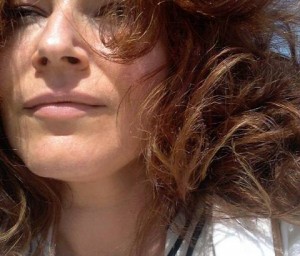
The Emirates’ history might only be a recent one, but the way they are dealing with the present and the near future is impressive. They know what they want and they are working to transform that vision into reality. That’s a beautiful lesson to all those nations too proud of their ancestry, so pleased to live in the past, for the sake of its history and content with a routine present, in a lethargy that makes people into irrelevant pieces of a social mechanism functioning by default.
A big hug, until next time, dear friends,
Teo Migdalovici, on the road from Dubai







